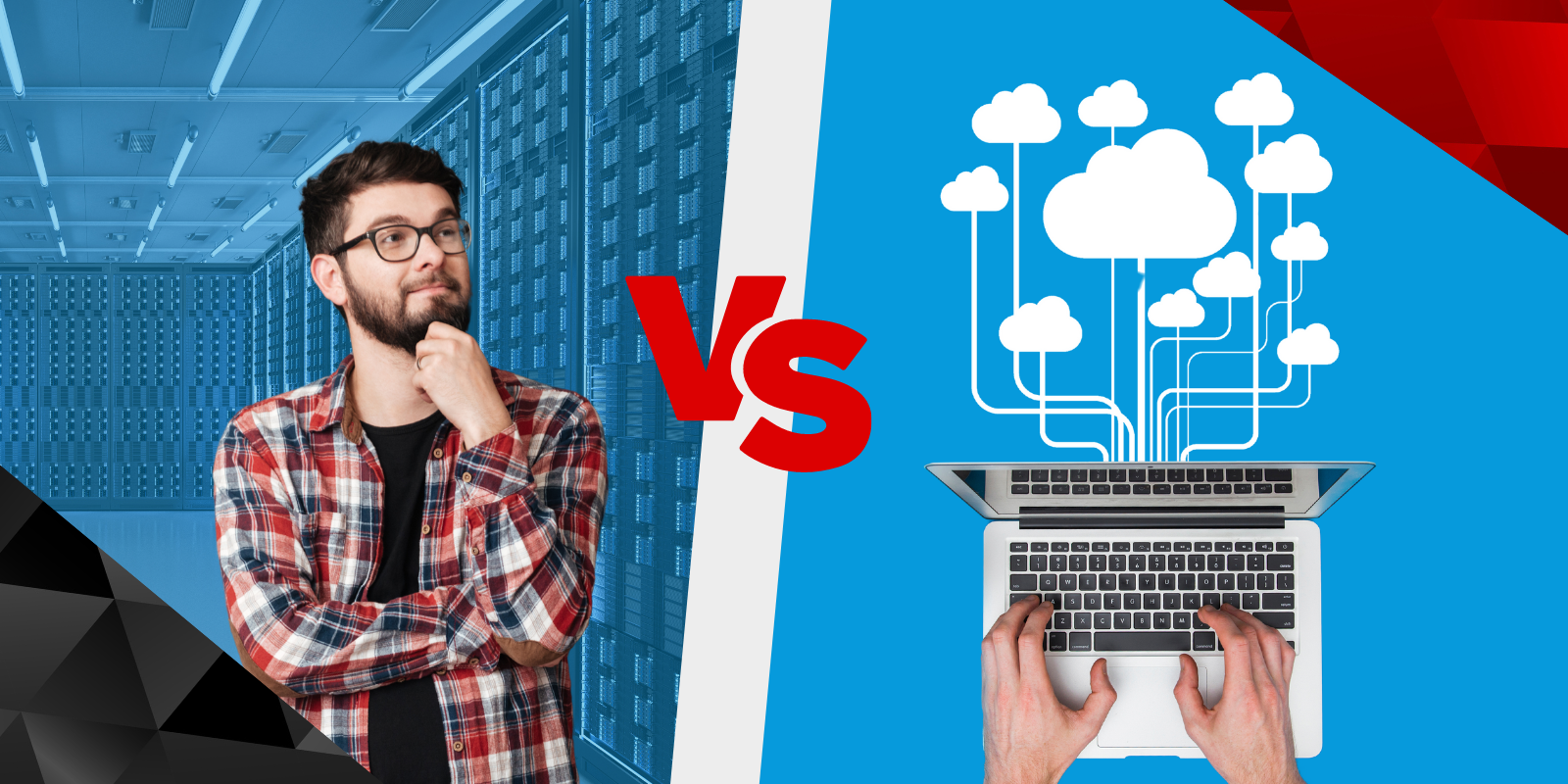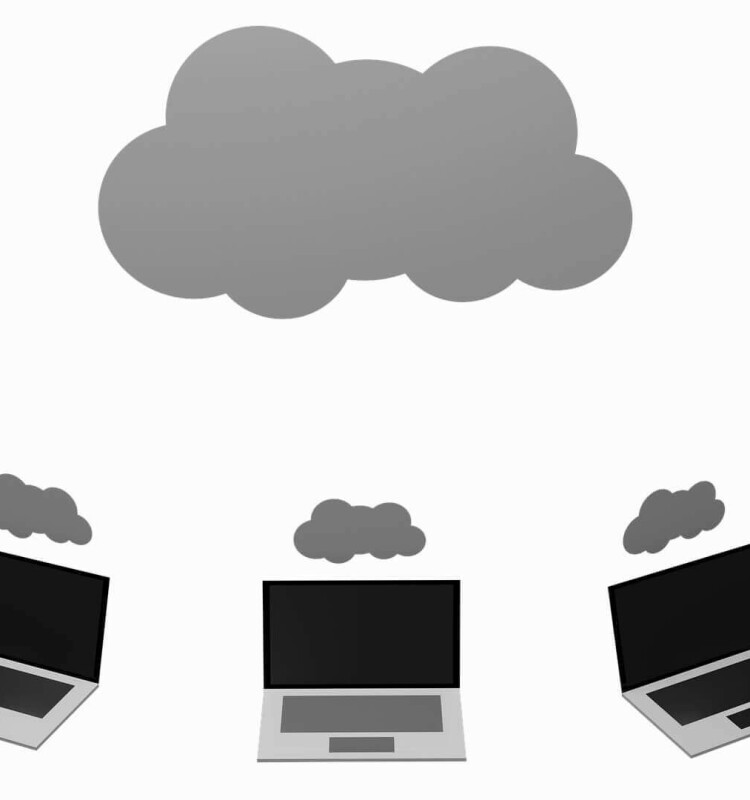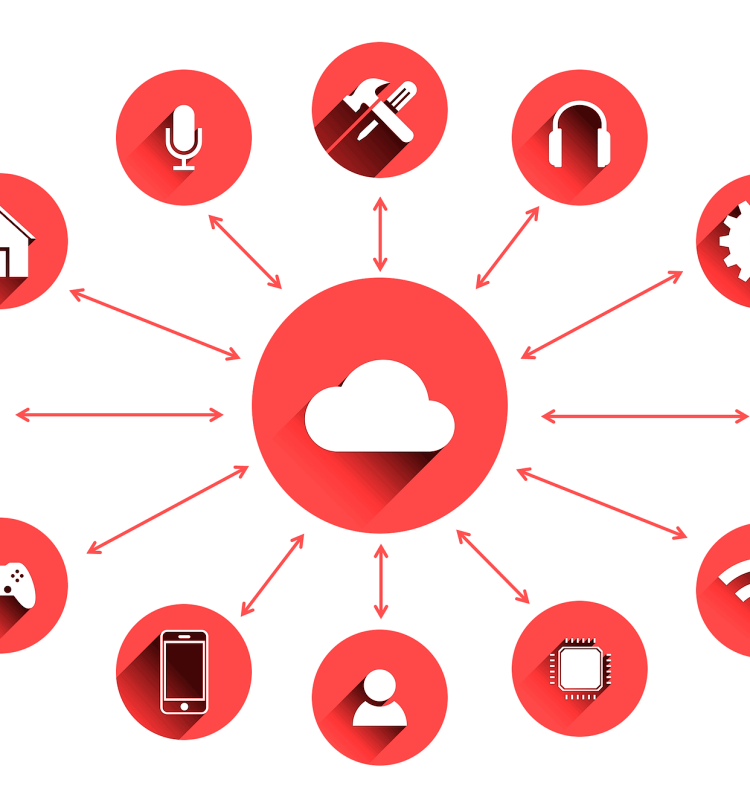Cloud vs On-premises infrastructure is a topic that continues to raise queries for organisations. There is no doubt that cloud computing has become a popular solution for various reasons, including flexibility and time management. But is it the right solution for everyone? Should we address any considerations before implementation, or should we stick with familiar systems?
On one hand, there is a constant market need for updates and improvements to technology, which is growing exponentially. Neglecting this can be detrimental. On the other hand, specific compliance requirements can only be fully met by maintaining centralised control over data. Moreover, concerns often arise about storing highly sensitive data off-site. Selecting an unsuitable cloud provider also risks security breaches.
This article will provide all the answers you need. We will examine each concept in turn, breaking them down into different categories: security, cost, scalability, and more. By the end, you’ll have all the information you need to make the right decision. Whether cloud computing is right for your business, or whether your organisation should stick with its current systems.
|
What is Cloud Computing?
Cloud computing is a subscription-based service managed by external providers using their servers and infrastructure. It is accessible via an internet connection through a browser and doesn’t require software or hardware installation. The only significant requirement is a computer with Wi-Fi access.
Typically, you pay only for the services you use. This helps lower operating costs, run your infrastructure more efficiently, and scale as your business needs change. Companies like Microsoft, Amazon or Google offer some of these platforms.
What are the advantages of Cloud services?
- Scalability and flexibility: Resources can be quickly and efficiently increased or decreased as needs change, ideal for fluctuating workloads.
- Cost-effectiveness: Reduces the investment required to purchase hardware and software and to set up and run on-premise data centres – racks of servers, 24/7 power and cooling, and IT professionals to manage the infrastructure.
- Accessibility and mobility: A great way to ensure that no one is left out of the loop, employees can access corporate data from smartphones and devices. Resources can be stored in the cloud and accessed from anywhere with an internet connection.
Interested in learning more about the advantages of cloud computing? Then the following article might interest you: The 8 benefits of cloud computing
What are the disadvantages of Cloud services?
- Security compliance: While most cloud service providers comply with the best security standards and industry certifications, storing data and important files with external service providers may create some concerns for businesses with stringent security requirements.
- Potential for vendor lock-in: Migrating services can be difficult and expensive for organisations due to technical incompatibilities and contractual or legal constraints.
- Dependence on Internet connectivity: Cloud computing is entirely dependent on your internet connection. If your internet service suffers from high latency or frequent outages, it can affect access to your data and applications from the cloud.
How does on-premise computing work?
On-premises IT infrastructure includes all hardware, software and data storage that is managed and hosted within the organisation. This setup ensures that all technology and resources are installed in a physical location, typically within the organisation’s own data centre. Managing this infrastructure requires significant resources, including space for hardware, power and cooling systems, and IT staff to oversee operations.
This setup is ideal for environments that demand a high level of control, as it relies entirely on the organisation’s own resources. Consequently, it prevents sensitive information from being accessed remotely by anyone outside the organisation. However, this protection is highly dependent on the internal company resources and expertise; inadequate management or maintenance can have detrimental effects. Moreover, this level of security and control comes with high costs, including significant investment in software licences and hardware. Additionally, updates and enhancements require equally high ongoing investments.
What are the advantages of On-premise?
- Control and Security: One of the primary benefits of on-premise infrastructure is the level of control it offers. Organisations can configure their systems to exact specifications and manage them directly, which can lead to enhanced security measures as all data remains in-house and under company oversight.
- Compliance and Data Sovereignty: For businesses in sectors with stringent regulatory requirements (like finance and healthcare), on-premise computing ensures that compliance is straightforward to manage. Data sovereignty might be easier to maintain, as data doesn’t leave the physical location of the company unless explicitly moved.
- Predictable Costs: Although the initial investment is significant, on-premise environments typically lead to predictable costs over time.
What are the disadvantages of On-premise
- Responsibility for maintenance and management: Organisations will need to assign an IT management team to take care of all the upgrades, maintenance, and security management associated with the organisation’s hardware and software technology. They will also need to hire or train new IT staff with the necessary skills.
- High capital expenditure: When implementing any new functionality, it’ll be a must to invest not only in new licences but also in necessary infrastructure upgrades, increasing the total cost of ownership.
- Lack of scalability: When using an on-preises infrastructure, organisations may need to continually purchase and install new software and hardware to support these upgrades, which can be time-consuming and expensive.
Cloud vs On-premises, comparison
Here is a complete list of the main differences between these two approaches.
| Cloud Computing | On-Premise Computing | |
| Management | Managed by external providers using their infrastructure | Managed and hosted within the organisation using internal resources |
| Scalability | Quickly and efficiently increased or decreased as needs change | Limited scalability; requires additional hardware purchases |
| Cost-effectiveness | Reduces initial hardware and software investment; pay only for what you use | High initial investment; possibly predictable costs over time |
| Security | Continuous monitoring and vulnerability assessment managed by experienced staff, with centralised visibility from the beginning | Data remains in-house, and the level of security depends exclusively on the company’s resources and knowledge, which can be expensive and time-consuming |
| Control and ease of use | Easily manageable and flexible by anyone inside the business, as most platforms don’t rely on coding. Limited control depending on the provider | Code-reliant and entirely dependent on the level and expertise of the personnel involved in the in-house management |
| Level of dependency and accessibility | Dependent exclusively on computers with internet connectivity. Accessible through a browser | Specific infrastructural requirements, including considerations for space, hardware and trained IT staff. Limited to the physical location of the organisation |
| Maintenance | Managed by external providers; updates and enhancements included in the service | Requires internal IT staff for maintenance and updates |
Are you looking for support or guidance in implementing a cloud solution in your organisation? Contact us.
Choosing between Cloud vs On-premises
While there is no technically correct option, as different organisations may require different solutions, there are a couple of questions that can be asked before choosing one over the other. For example, does the potential cloud provider have the credentials or compliance requirements to ensure data security? Is your organisation prepared for the upfront investment in on-premises technology infrastructure, or does it have the staff to make changes or upgrades?
Nevertheless, there are numerous advantages to selecting a cloud provider. For instance, the third-party management of server maintenance and upgrades eliminates the need for in-house server maintenance, thus saving organisations time and money. Additionally, the latest technological innovations can be accessed with minimal investment in hardware. Furthermore, the majority of new cloud computing platforms offer flexible interfaces that even citizen developers can utilise if necessary.
In most cases, organisations that select a cloud solution can continue to utilise their existing IT resources by adopting a hybrid cloud architecture. This enables them to retain control over their data by having the option to store sensitive data on-premises or in private cloud environments.
A key point to consider when choosing between Cloud vs On-premises environments is how closely your business wants to align with rapid market changes. As previously mentioned, cloud environments offer numerous advantages, making them one of the most popular approaches for companies looking to stay competitive. Many experts praise this type of technology for its cost savings, continuous management, proactive and iterative approach to security monitoring and updates.
As more and more businesses recognise the benefits of cloud computing, the market has seen consistent growth year-on-year. For example, recent findings from Gartner indicate that in 2023 alone, the market grew by a significant 30%. They also predict that by 2026, 75% of businesses will have adopted a digital approach with cloud computing as a fundamental component.
Chakray integration consultancy, experts in cloud and on-premise technologies
By leveraging the expertise of our team at Chakray, you can significantly increase the level of security within your organisation while taking full advantage of cloud environments and platforms. With the ability to operate in both on-premises and cloud environments, while maintaining the privacy of local servers. Plus, harness the power of cloud computing.
At Chakray, we can guide you through a step-by-step process that includes strategy, deployment, maintenance and additional technology solutions.
Conclusion
Both cloud computing and on-premises approaches have their pros and cons. However, the balance is often tipped towards cloud computing. First, due to its advantages in terms of time management, flexibility, and overall business costs. Secondly, it is important to consider maintenance and updates if your business goals align with the market’s competitive nature. While some organisations may prefer an on-premises approach, it comes with a high investment cost.
A hybrid approach offers a viable alternative by providing more control at a lower maintenance cost, ensuring businesses have all the necessary tools and resources. If you need tailored solutions for operational efficiency or IT architecture, contact us any time for support!
Contact our team and discover the cutting-edge technologies that will empower your business.

Talk to our experts!





